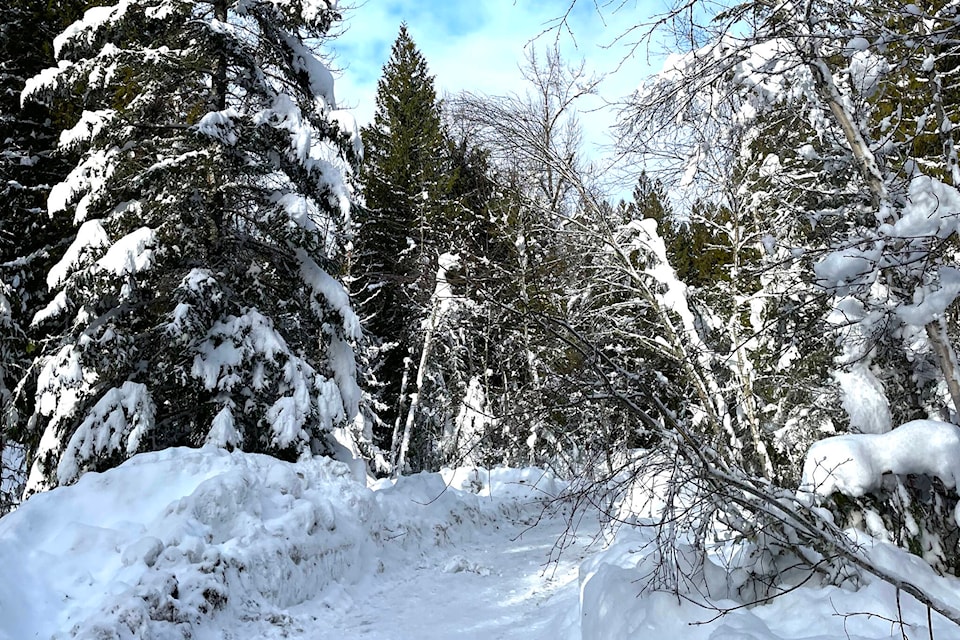By Ed McMackin, biologist by profession and naturalist by nature
Of all creatures on this planet earth, humans are the least prepared for a hard winter. Our preparedness is mostly artificial and vulnerable to failure in harsh winter storms.
In the 80s and 90s, there were two winters each with unseasonably cold weather. For two weeks, the temperature hung around minus 30 degrees. It doesn’t matter whether that is Celsius or Fahrenheit degrees, because at that temperature the numerical values are about the same. Fruit trees, rose shrubs, and water lines froze. People left their vehicles running when they parked in town. I think the schools shut down.
Presently, there is lots of snow; perhaps twice as much as there is some winters. There was a big dump in some districts, with up to 14 inches of snow in less than 12 hours. Among people and the media, this has been called abnormal weather, like it hasn’t happened for eons. But there have been times when eight inches of snow fell for three nights in a row. When the snow has high water content, it can be hard to move and can do a lot of damage to homes, hay sheds, power lines, and trees.
We humans rely on our sealed capsules to zip into town to shop, barely equipped should we get stuck. But in the winter, a short drive to town could turn into a very long trip. And sometimes, when we reach home the power is out and the house is cold. Most of us know what that’s like.
To predict whether it will be a hard winter or an easy winter, some suggest, jokingly, to check out the neighbor’s woodpile. But, what if he was looking at your woodpile? Let’s look at what is said about some creatures.
Animals depend on winter snow for protection and survival. That soft white blanket keeps the ground from freezing, so it thaws from below. This permits burrowing animals, that are active all winter, to burrow through the ground to reach roots. On the surface, they tunnel through the snow to reach above-ground vegetation without being detected by predators, except for shrews and weasels who will follow tunnels. The snow-blanket insulates the rocky haunts of pikas, where they are active all winter, feeding on “haystacks” composed of fall-dried vegetation.
Once I read in a nature-lore book that large moth caterpillars, like Polyphemus or Luna moths, construct their cocoons on small branches close to the ground if it is going to be a hard winter, where they will hopefully get covered by snow for protection.
Some creatures, as well as plants, because of other adverse circumstances in their environment are almost guaranteed not to survive any winter. Young moose calves, for some reason or another, sometimes get an overwhelming infestation of ticks, which usually results in loosing significantly large patches of hair, which they need for protection against the cold. Weakened by the effect of the ticks and their inability to stay warm, they die of exposure.
In the once wet Kootenay-Columbia Mountains, vegetation, shrubs, and trees depend on getting plenty of moisture and deep snow. Dry conditions and unprotected root systems don’t favor good health. Snow is needed to protect the roots. Lack of adequate moisture and snow cover weakens these plants, thus reducing seed production and long term survival.
If you were to ask my advice, I would say prepare for a hard winter every year, and now, even prepare for a hard summer too!
READ MORE: Out There: Digging in for the Winter
